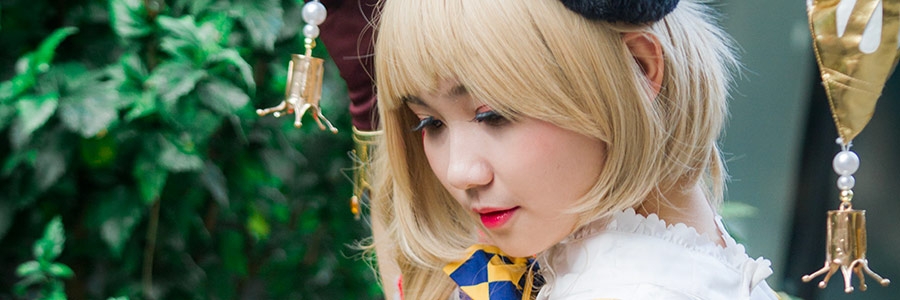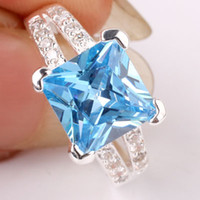An Introduction to the Eclectic Fashion Styles of Japan
 Attached to both aesthetics and precision, the Japanese reserve a very important part of their life in society to fashion. Defined by the adjective "kawaii" - which means "cute" - Japanese fashion emphasizes beauty, eccentricity, the accumulation of accessories and details. It's this eclectic mix that defines the fashion styles of Japan.
Attached to both aesthetics and precision, the Japanese reserve a very important part of their life in society to fashion. Defined by the adjective "kawaii" - which means "cute" - Japanese fashion emphasizes beauty, eccentricity, the accumulation of accessories and details. It's this eclectic mix that defines the fashion styles of Japan.
If the traditional kimono remains a mainstay in Japan - and one can indeed regularly come across women in kimono and geta (traditional wooden sandals) in the city - the youth likes to create original and eccentric looks, inspired by manga characters or copied from the style of local musical groups.
The Japanese also know how to choose sobriety and minimalism in certain circumstances too. Students and most employees must wear uniforms. As for the salarymen, the costume always remains their work dress, representative of their profession and in conformity with the professional environment in which they evolve.
If in today's Japanese streets most of the passers-by wear the same outfits as in western countries (jeans, sneakers, T-shirt, suits etc), you need to seek out specific areas to find that unique Japanese fashion sense: in "young" neighborhoods such as Shibuya and Harajuku in Tokyo. Street looks were born in the 1990s and tend to become rarer today, even if we still regularly come across "cosplay", "lolita", "kogyaru" and other "girly gothic" outfits in the city, like straight out of a fantastic cartoon. These "kawaii" outfits are inspired by manga, movies and local music groups. They are very elaborate, colorful and very accessorized looks, where makeup and hairstyle take an important place, especially for young girls. In Japan, young people's style of dress is, even more so than in our country, an expression of identity and belonging to a community.
Tokyo fashion is often pioneering and has many times influenced global trends. The Shibuya district, where the average age of passers-by is barely 20 years old, is the fashion district par excellence. It abounds with clothing, bag and shoe stores where visitors enjoy discovering the latest and most original trends. Harajuku, with its bustling shopping streets, designer boutiques and eye-catching window displays, is also a dream district for tourists and attracts designers from all over the world who come here in search of inspiration - for Japanese fashion is one of the most creative in the world. The rigour of haute couture clothes leaves here room for eccentricity and the craziest ideas. It is for example in Tokyo that the first jeans inlaid with fake stones appeared, which then invaded the catwalks of Western fashion shows.
|
|








 Attached to both aesthetics and precision, the Japanese reserve a very important part of their life in society to fashion. Defined by the adjective "kawaii" - which means "cute" - Japanese fashion emphasizes beauty, eccentricity, the accumulation of accessories and details. It's this eclectic mix that defines the fashion styles of Japan.
Attached to both aesthetics and precision, the Japanese reserve a very important part of their life in society to fashion. Defined by the adjective "kawaii" - which means "cute" - Japanese fashion emphasizes beauty, eccentricity, the accumulation of accessories and details. It's this eclectic mix that defines the fashion styles of Japan.